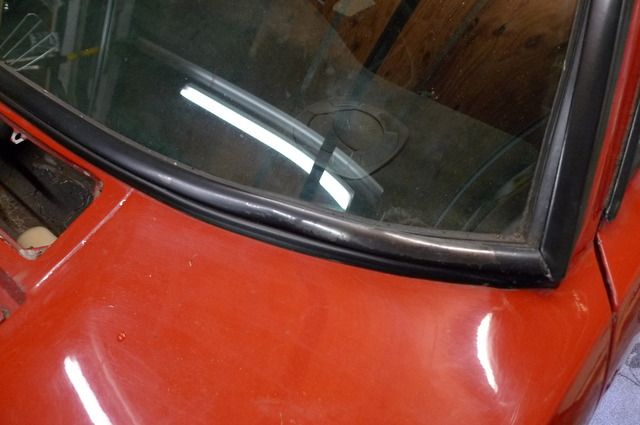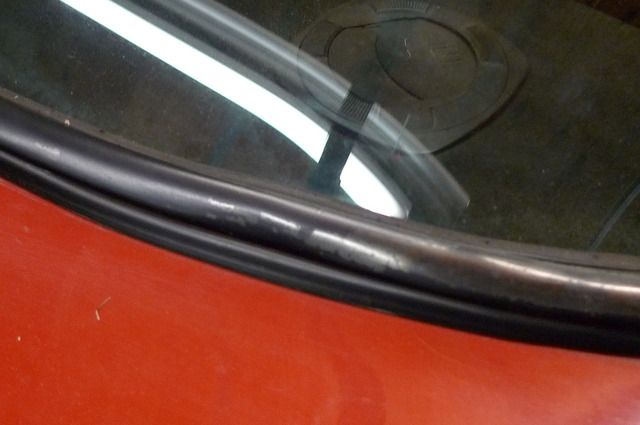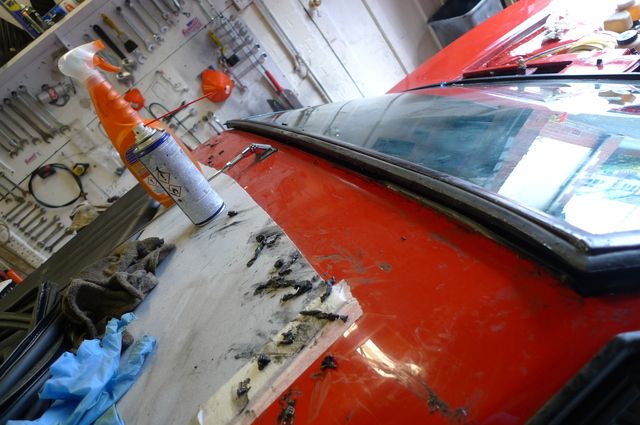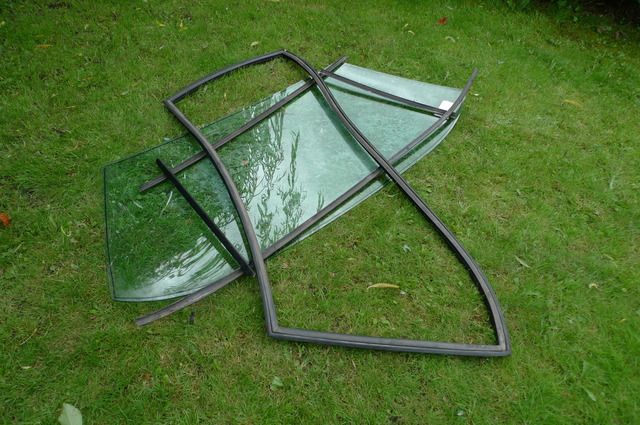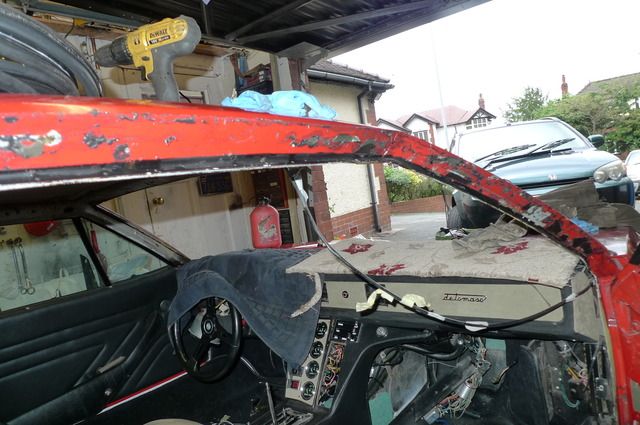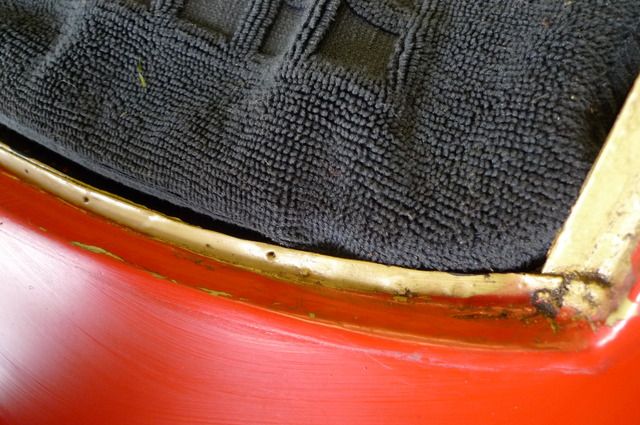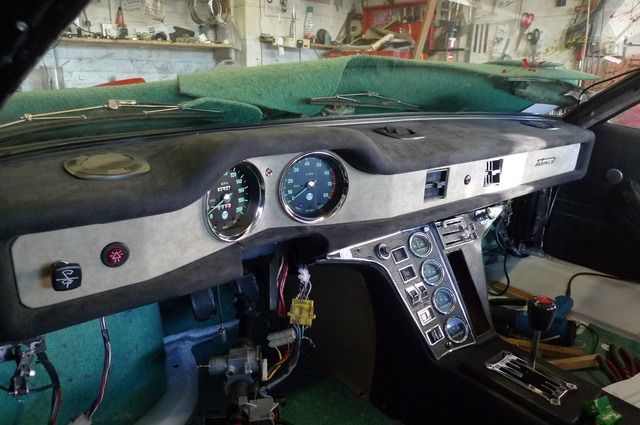3840 is now on the button and running again after its repairs since last summer when I took out the engine to tidy up the engine bay.
So its now time to get the car ready for a journey to the paint shop for a re spray.
I have all the lights, bumpers, headlamp buckets removed, and now I want to take off the gutter section which also goes down the B post.
Its held with several pop rivets which I have drilled out, but it seems that the gutter section is also glued onto the body???????
Can someone who knows give me some advice please.
I would like to remove the windscreen but the cost of a new rubber not to mention the £850 it would cost if I cracked it is not a runner.
the rubber has 4 strips of metal finishers around the screen, the bottom one is slightly bent, It looks as though someone has previously tried to remove it, bent it a little and then just replaced it. The question is do these just push into the rubber??? I don't want to damage them further!!
Original Post


